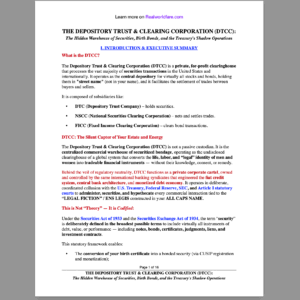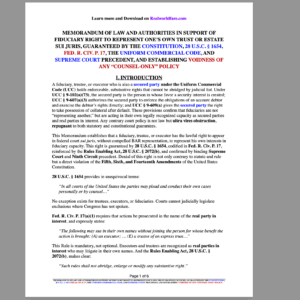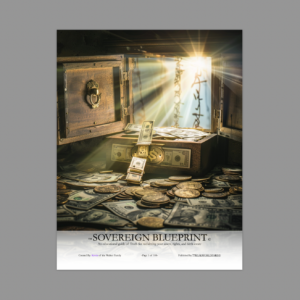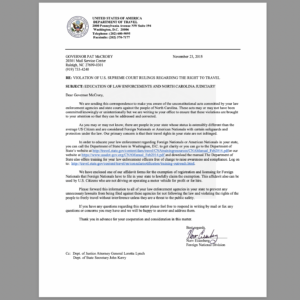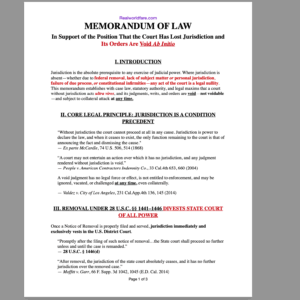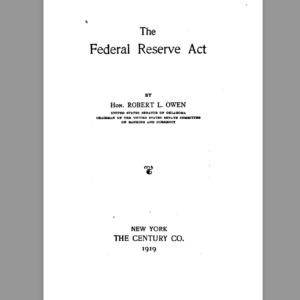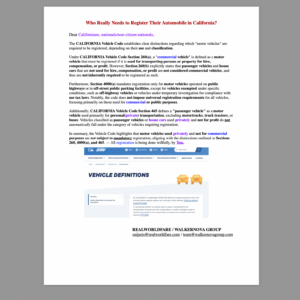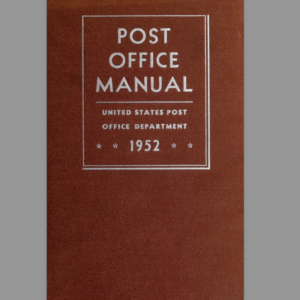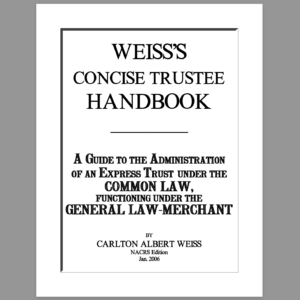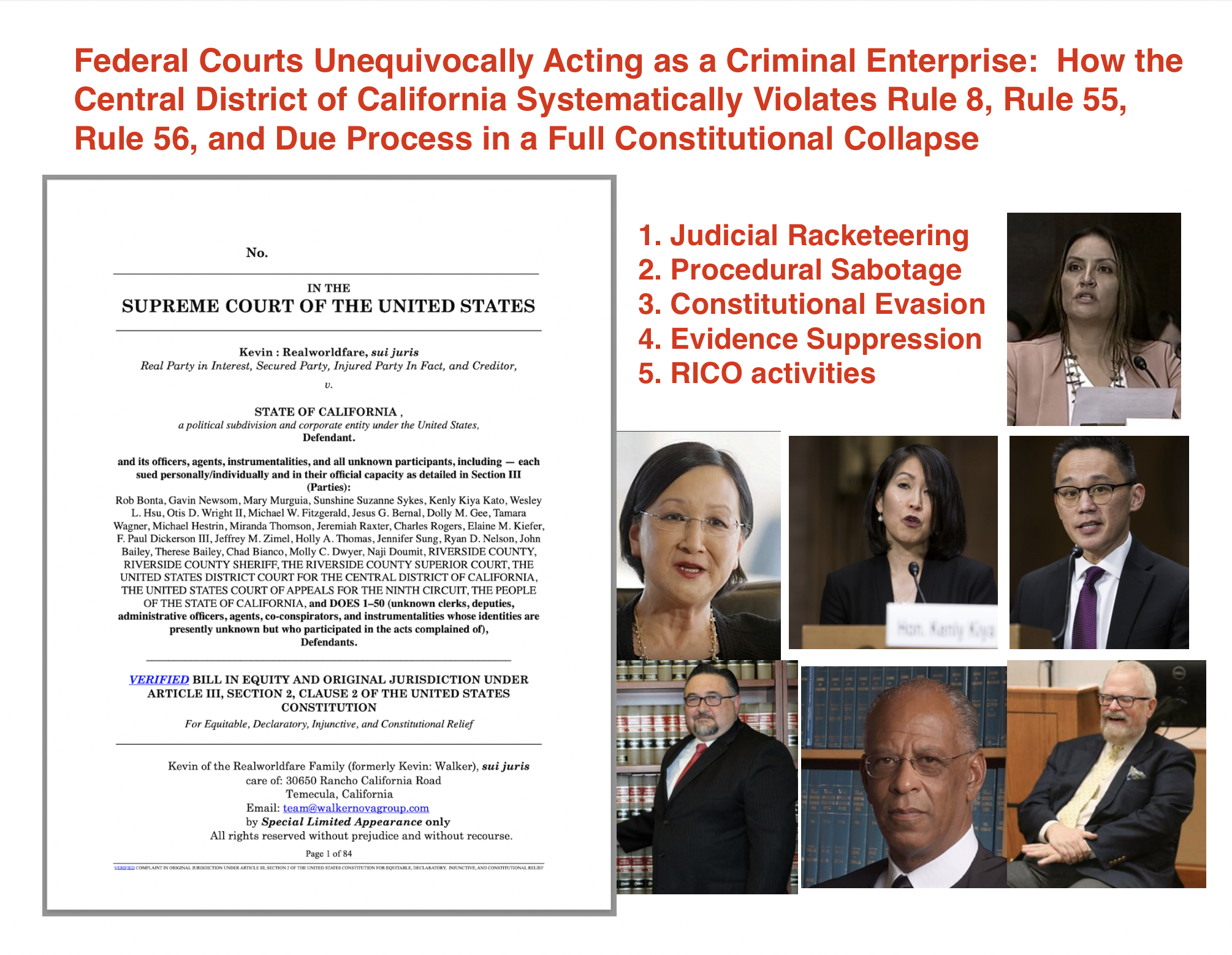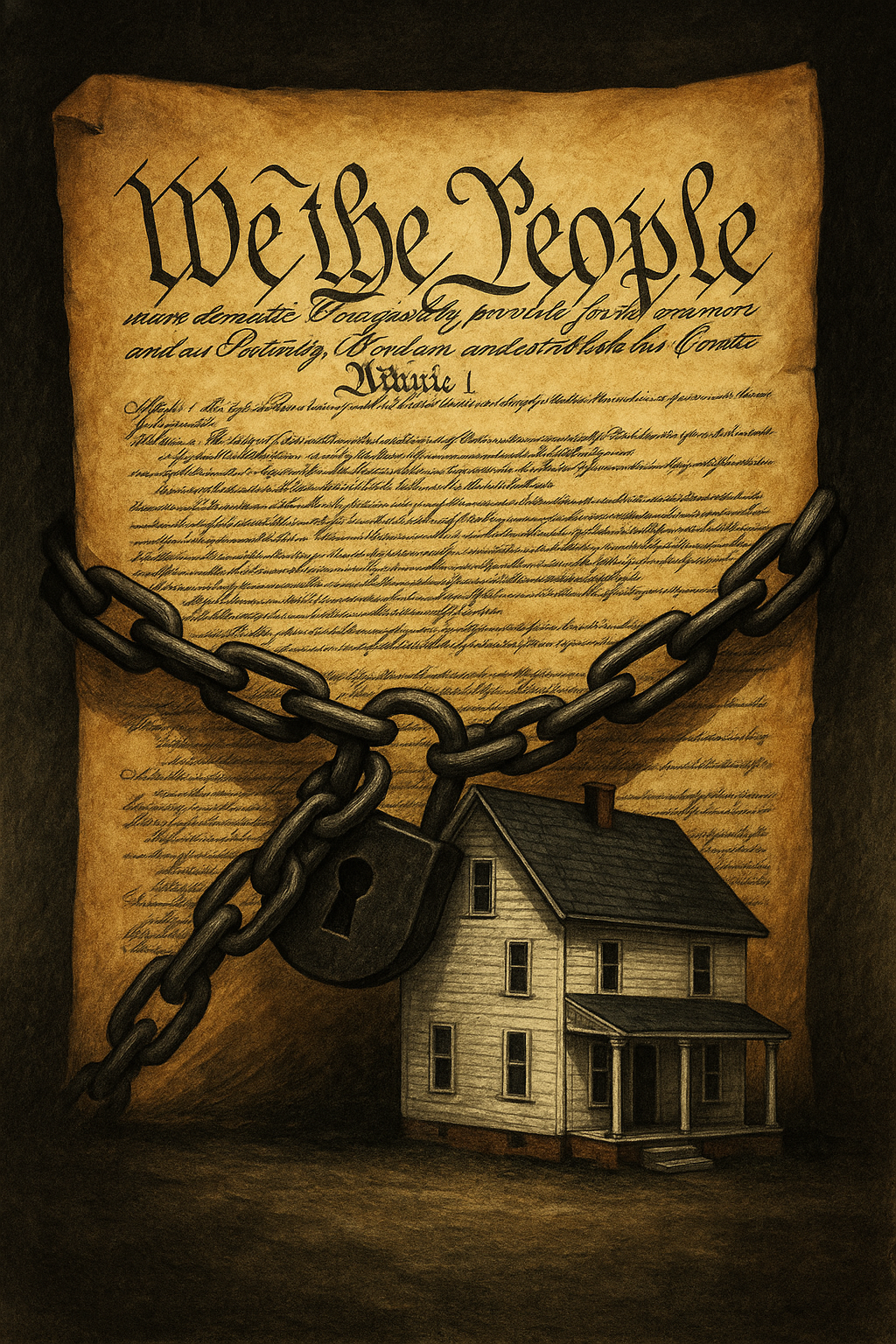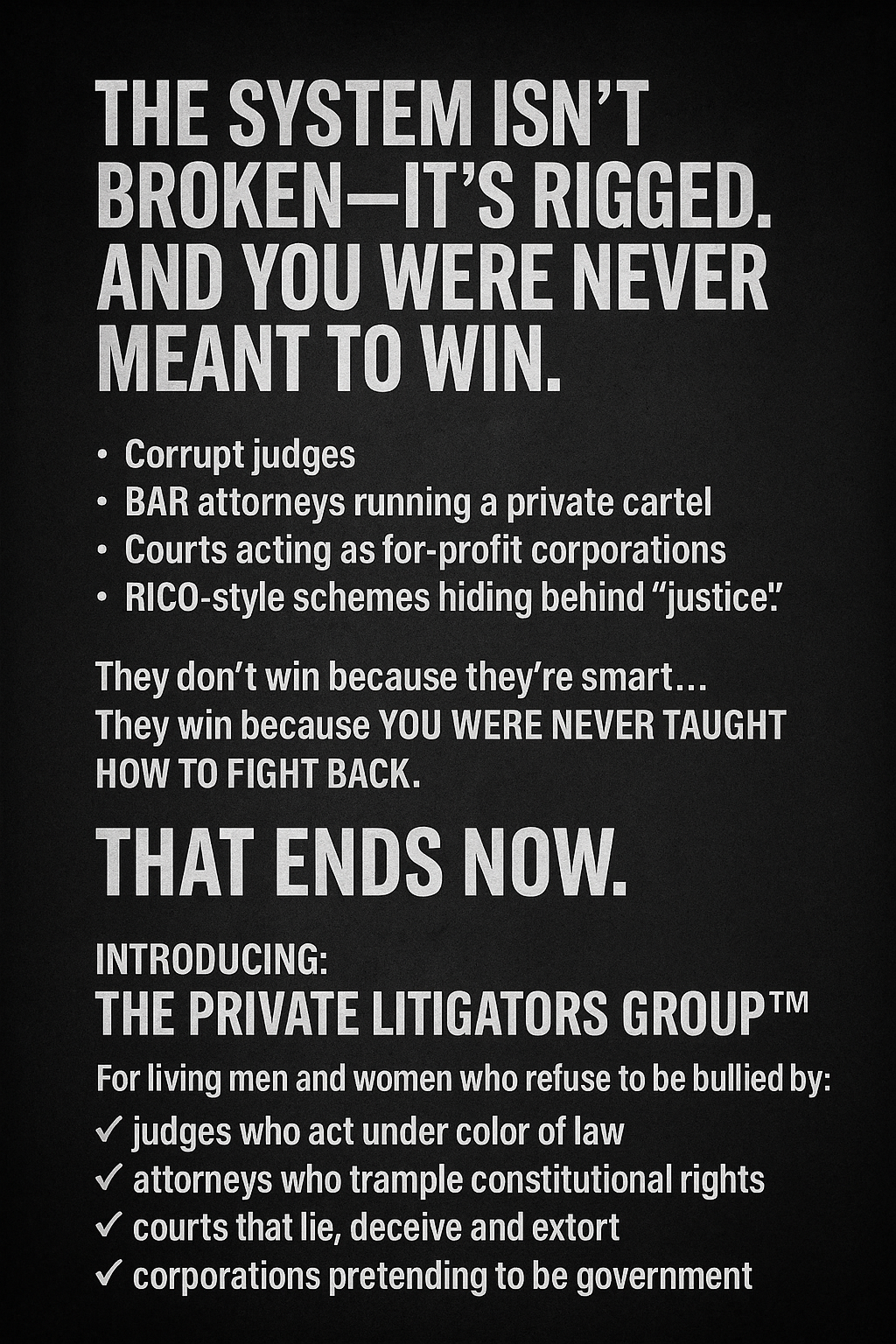Under Title 12 U.S.C. § 1813(l)(1), when the purported borrower deposits or surrenders a promissory note, it is considered a cash item. In this context, a financial institution, such as Chase or other entities, are legally obligated to treat the note as a cash equivalent and issue a cash receipt acknowledging the deposit of this asset.
1. The Promissory Note as an Asset and the Creditor’s Role
The purported borrower, who is the original issuer of the promissory note, becomes the creditor upon depositing the note. This is because the note itself is an asset. As defined in UCC § 4-105, the depositor (purported borrower) essentially acts as a bank when they deposit their note. As such, the true creditor is entitled to all proceeds derived from the note. This also underscores the importance of recognizing the note’s legal status as belonging to the creditor.
2. Demand Deposit Accounts and Reporting Obligations
When the promissory note is deposited into a demand deposit account, the bank is required to record it properly on its balance sheet. Under Title 12 U.S.C. §§ 248 and 347, banks must file an FR 2046 balance sheet, showing the note as a liability (since it is an asset of the purported borrower/creditor). However, many banks, such as Chase, often fail to issue a proper receipt and instead conduct an offset entry, avoiding a transparent record of the creditor’s asset.
3. Recoupment, the Right to Proceeds, and Tax Implications
While the bank may term this offset as recoupment, the U.C.C. interprets it similarly. Recoupment allows the creditor (purported borrower/original issuer) to recover the equivalent value of the note and claim any proceeds. In addition to recoupment rights, 1099-OID (Original Issue Discount) and 1099-A (Acquisition or Abandonment of Secured Property) forms are relevant for reporting such obligations. As the creditor and original issuer, the purported borrower has tax-reporting rights and responsibilities, as these forms apply to situations involving debt obligations, interest accruals, and the disposition of collateral.
4. Recognizing the Creditor’s Status and Enforcing Rights
The creditor (original issuer) retains the legal right to ensure proper reporting and the receipt of proceeds. The bank’s failure to issue receipts or properly account for these assets infringes on the creditor’s rights. Moreover, as the asset holder, the creditor is entitled to file the appropriate tax forms (1099-OID and 1099-A) to report the note and any obligations attached to it.
Conclusion
Title 12 U.S.C. §§ 1813, 248, and 347, as well as UCC § 4-105, recognize the purported borrower as both the original issuer and creditor of promissory notes. Financial institutions must properly record these assets and provide receipts, ensuring that creditors can reclaim and report proceeds accurately. The UCC’s recoupment provisions and the tax-reporting requirements under 1099-OID and 1099-A demonstrate the creditor’s rights and the obligations financial entities have in these transactions.

